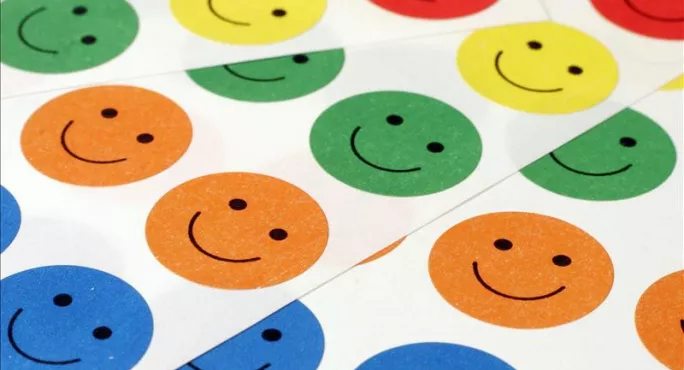As we approach the end of term and motivation begins to flag, teachers may question how they keep their students engaged and excited in their work.
For those of us teaching Reception and Year 1, the answer is simple: give them a sticker and put it on the wall chart. Many primary schools are even offering students “free time” or “golden time” at the end of the week as a reward for good behaviour. But in secondary school, the issue of delivering effective rewards tends to be much trickier.
Positive notes or commendations added to SIMs might encourage the majority of Year 7s, who are still fresh from the primary school ethos of formal rewards and wish to impress their new teachers.
But, by the time students are comfortably into the tricky Years 8 and 9, how much do they care about these arbitrary “awards” on an electronic system reserved only for teachers to see?
The trouble is that even the well-organised members of staff who remember to award commendations electronically are still relying on the form tutor or head of year to keep a meaningful record of them. The form tutor needs to publicly celebrate them and make sure that they translate into something concrete. This extra admin is, of course, time consuming for all involved. As a form tutor, you might feel that you would be making more productive use of your time by planning an interesting lesson or marking students’ books diligently.
‘Rewards for rewards’ sake?’
It may not help that many secondary school teachers (myself included) are much more diligent about following through with sanctions than rewards. One might argue that this, ultimately, is more important in terms of maintaining a constructive learning environment, but it doesn’t solve the problem of how to keep students motivated.
Many teachers also frequently use positive affirmations verbally during lessons. But does hearing “excellent point” or “well done” 10 times a week translate to the formal praise that going up in assembly or a postcard home would? Does it have the same impact in terms of motivation and morale? Is there the same excitement that a younger child displays when you hand them a sticker to put on the wall chart?
Perhaps we are making the problem more complicated than it needs to be. After all, by the time students reach Year 11 and sixth form, they may appear to have developed a lacklustre attitude to the whole rewards system. We might expect that 16- 18 year-olds are not interested in rewards for rewards’ sake and can only see the golden reward of high grades at A level (or the cash reward that their parents may be attaching to each A* they achieve).
However, the vast majority of the older students I teach really do value formal praise, and while there might be no simple answer to the dilemma of how to effectively reward students at every stage, there is one thing I do know for sure: never underestimate the power of the humble sticker. In my experience, whether you are three years old or 18 years old, secretly, deep down, everyone still loves to be given a sticker.
Katherine Burrows is an English teacher at Abingdon School in Oxfordshire
